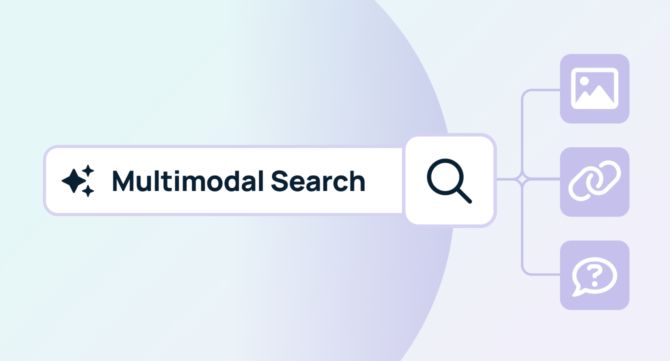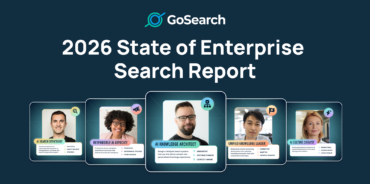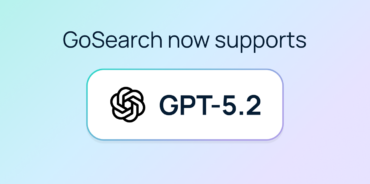Multimodal AI is one of the latest technologies to rise in the last year — and now it’s being used to create a whole new type of search engine.
You may have noticed that external search engines like Google and Bing now allow you to input text and images to find relevant results. This is one basic example of multimodal search.
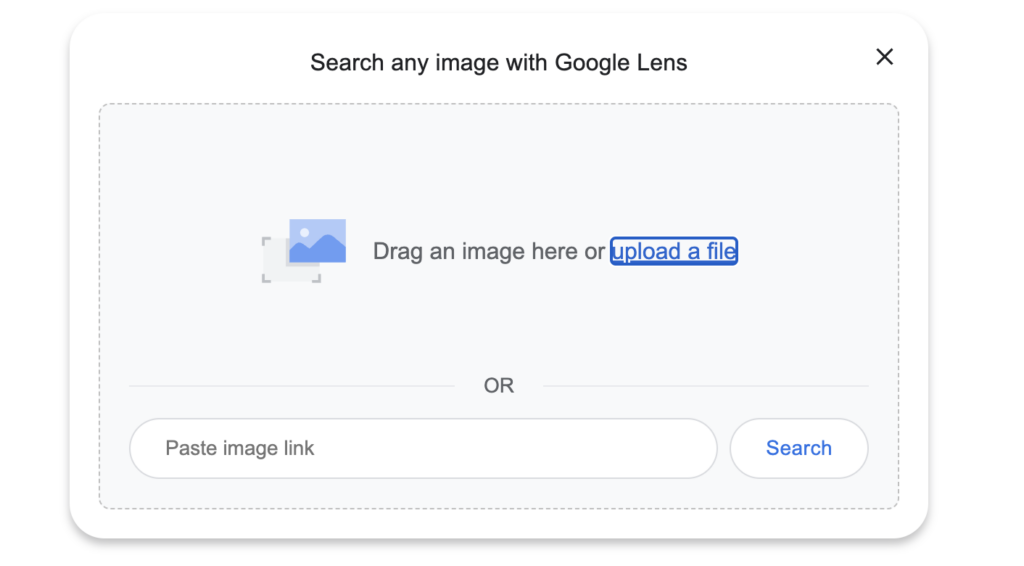
Unlike traditional search engines, multimodal search is designed to handle a wide range of data types—text, images, videos, and more—enabling companies to unlock valuable insights from their internal data.
For companies looking to leverage their internal resources more effectively, multimodal enterprise search is now one of the best options.
In this article, we’ll explore the concept of multimodal search and its benefits for enterprises.
What is multimodal search?
Multimodal search is AI technology that enables the retrieval of information using multiple types of data inputs, such as text, images, videos, and even audio. Unlike traditional search engines that rely solely on text-based queries, multimodal search combines various data forms to provide a more comprehensive and contextually relevant set of search results.
By leveraging advanced techniques in neural search, vector search, and natural language processing, multimodal search understands the intent behind a query and seamlessly integrates information from diverse sources.
This not only enhances the user experience by delivering richer and more accurate results but also unlocks new possibilities for data retrieval and knowledge management across different industries.
An example of a multimodal search query
Scenario: A marketing manager is preparing a campaign for a new product launch and wants to gather related information, including documents, images, and videos.
Query description: The manager has a promotional image of the product and wants to find:
- Related text documents such as press releases and product specifications.
- Images used in previous marketing campaigns.
- Videos that feature the product.
Query steps:
- Upload image: The manager uploads the promotional image of the product into the search engine.
- Text query: The manager also types a text query like “new product launch marketing materials.”
- Combined query execution:
- The search engine analyzes the uploaded image to identify key features, objects, and context.
- It cross-references the text query with the context derived from the image to find relevant documents, images, and videos.
- Results:
- A PDF of the latest press release about the product launch.
- High-resolution images from a prior advertising campaign that featured the product.
- A YouTube video link to a product demonstration.
- A blog post with a detailed review of the product.
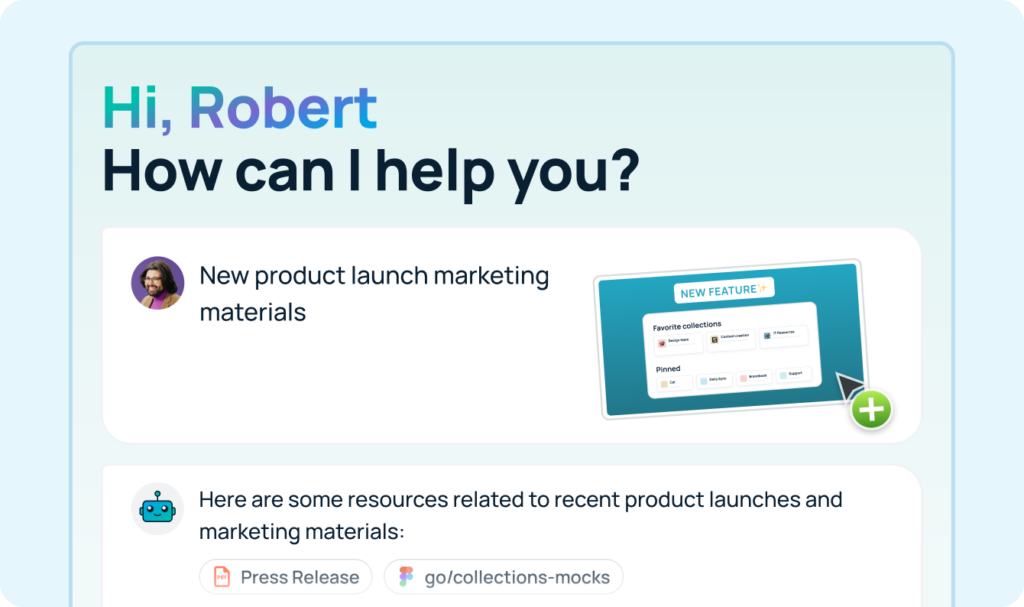
How multimodal search works
Multimodal enterprise search systems are built on a foundation of advanced AI and machine learning technologies. Here’s a look at how they operate:
Data integration
The first step in multimodal enterprise search is integrating data from various sources. This includes text documents, images, videos, and even URLs from your workplace tech stack. The system uses machine learning algorithms to analyze and index this data, making it searchable through various input modalities.
Contextual understanding
Advanced neural search and semantic search technologies are then employed to understand the context of a search query. Whether the input is text, an image, or a combination of both, the system interprets the query’s intent and retrieves relevant results accordingly.
Relevance and precision
The use of vector search techniques allows the system to match queries with data points accurately, ensuring that the most relevant information is surfaced. This relevance is crucial for delivering a high-quality user experience and ensuring that users can find the information they need quickly and efficiently.
Summarization and insights
Once the relevant data is retrieved, the system can provide summaries and insights, often powered by generative AI. This not only saves time but also helps users quickly understand the context and significance of the search results.
The benefits of multimodal search
Enhanced search experience
Multimodal search improves the user experience by allowing queries through multiple inputs like text, images, and even voice. This flexibility ensures that users can find relevant results in the most intuitive way possible, leading to a more seamless interaction with the search engine.
Improved data retrieval
By integrating various data forms, multimodal search provides a more comprehensive view of information. It employs advanced neural search and vector search technologies, which utilize deep learning and natural language processing to understand the context of a search query and deliver precise and contextually relevant results.
Increased productivity
The ability to retrieve and synthesize information from multiple data sources means users spend less time searching and more time leveraging information. This is crucial for businesses where quick access to relevant data can drive decision-making and innovation.
Streamlined knowledge management
For enterprises, multimodal search is a powerful tool for knowledge management. It allows organizations to uncover hidden insights within their data, facilitating a better understanding of information across different departments.
How multimodal improves knowledge management
Unifying diverse data
In an enterprise setting, data often exists in silos, scattered across different platforms and formats. Multimodal enterprise search breaks down these silos, enabling users to search and retrieve information from various sources in a unified manner. This not only improves access to information but also enhances collaboration and knowledge sharing within the organization.
Facilitating better insights
Multimodal enterprise search enables the simultaneous search of different data modalities, allowing organizations to uncover patterns and insights that might otherwise go unnoticed. This holistic approach to data retrieval can drive more informed decision-making and foster a culture of innovation and continuous improvement.
GoSearch: A multimodal AI enterprise search solution
GoSearch (that’s us!) is an AI-powered enterprise search solution that helps employees search for and find knowledge instantly. We leverage multimodal functionality to provide a seamless and intuitive search experience.
Here are some of our features:
- Advanced AI integration: GoSearch incorporates advanced AI technologies, including multimodal search, custom GPTs, and AI summaries. This integration allows organizations to unlock insights and automate answers from all their workplace data, facilitating more efficient knowledge management and data utilization.
- Image-based search and generative AI: Users can upload an image and discover related resources with the help of genAI, which analyzes the image and provides a summary of its contextual relevance. This capability is particularly useful for identifying relevant images and documents that might not be easily found through text-based search alone.

- Custom enterprise GPT builder: GoSearch also offers a custom enterprise GPT builder, enabling companies to create a GPT trained on their specific data. This allows organizations to customize ChatGPT to their unique requirements, transforming it into a helper bot tailored to their team’s needs.
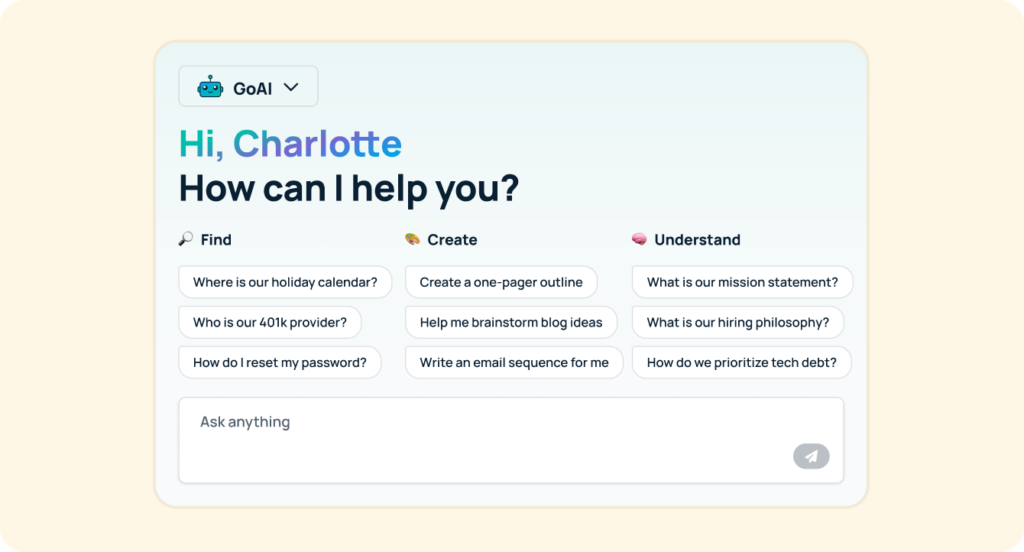
- URL-enabled search: Users can input a URL into the search bar and receive a summary of the information within it, along with related workplace resources and context. This functionality streamlines the process of gathering and understanding information from external sources.

- AI summaries for quick insights: Rather than opening and reading through linked resources, GoSearch provides AI-powered summaries that offer quick insights into the content. This feature enhances the efficiency of the search process and helps users quickly grasp the relevance of the information.
Getting started with multimodal search
Explore GoSearch today to see how it can revolutionize your organization’s search capabilities and help your employees save time.
Search across all your apps for instant AI answers with GoSearch
Schedule a demo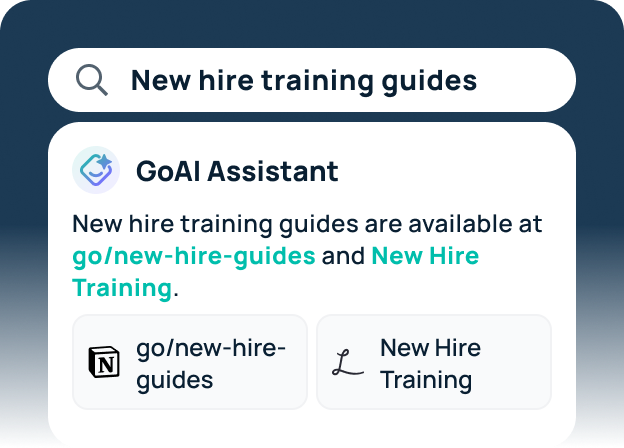
FAQs
How does multimodal enterprise search differ from traditional search?
Unlike traditional search, which relies on text-based queries, multimodal enterprise search allows users to search across multiple data modalities. This provides a richer and more integrated search experience.
What are the benefits of using multimodal enterprise search?
The benefits include enhanced data retrieval, improved user experience, increased productivity, and better knowledge management.
How does GoSearch enhance multimodal enterprise search?
GoSearch integrates advanced AI, like multimodal search, to provide a comprehensive solution that offers image-based search, URL-enabled search, and AI-powered summaries.
Can multimodal search handle large volumes of data?
Yes, multimodal search systems are designed to handle large volumes of diverse data. This makes them ideal for enterprise environments where data is often stored in different formats and platforms.
How can multimodal search improve knowledge management in an organization?
By breaking down data silos and integrating various data types, multimodal search enhances knowledge management. This tool also makes information more accessible and easier to retrieve, facilitating better decision-making and collaboration.
What types of queries can be used in multimodal search?
Users can perform queries using text, images, videos, and even URLs. The system is designed to understand and process complex queries across these different modalities to deliver relevant results.
Is multimodal beneficial for all types of businesses?
Yes, multimodal search can benefit a wide range of businesses. This technology improves the efficiency and effectiveness of data retrieval and knowledge management, regardless of the industry or organization size.
